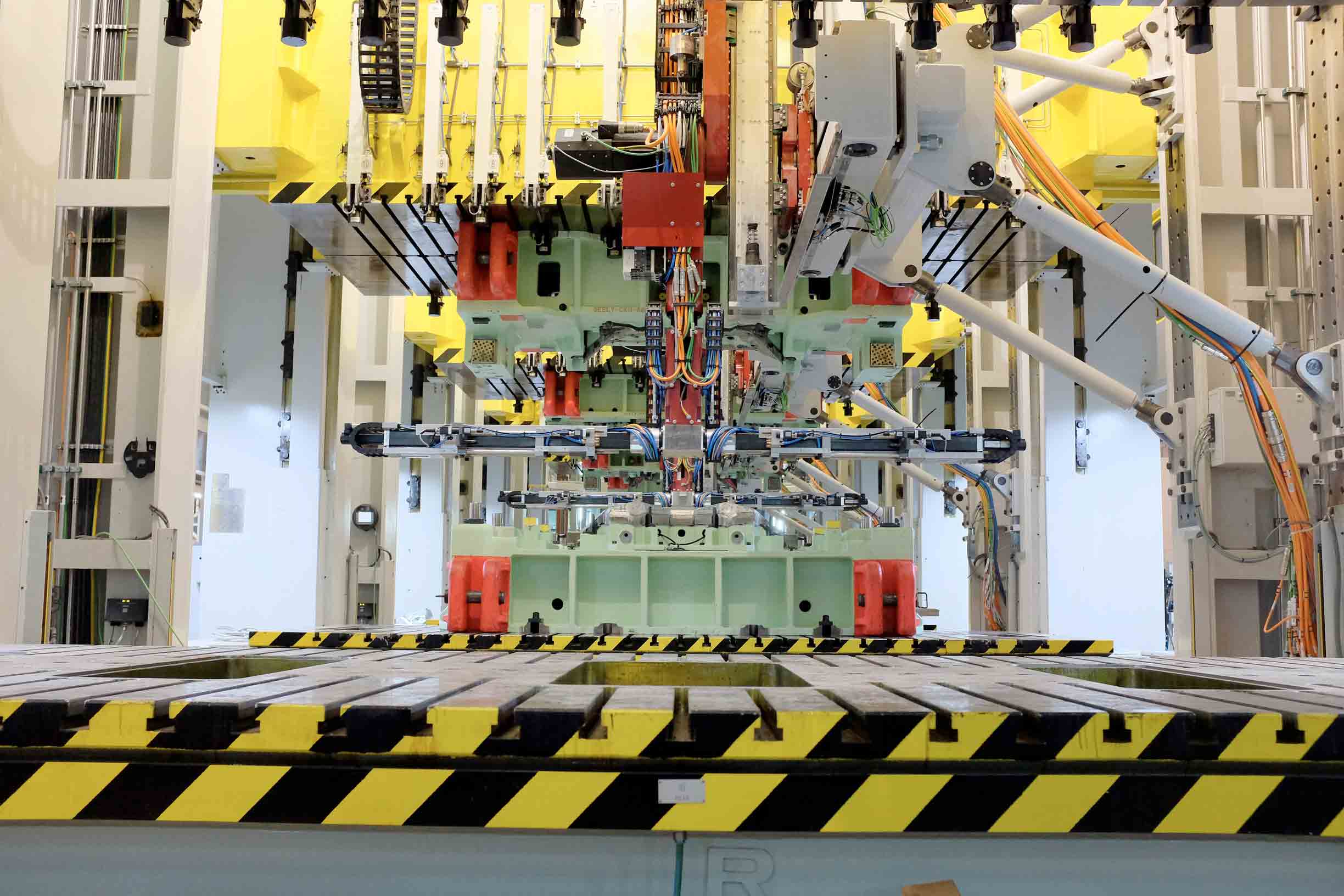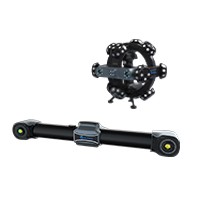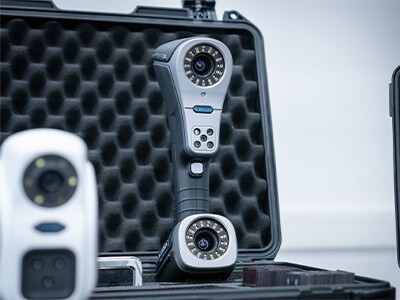If you’re producing precision components in a large volume, quality drives the entire manufacturing process. One of the ways to ensure the quality of products is automatic inspection. This technologically updated approach helps to overcome the problems associated with traditional inspection methods.
A glimpse into automatic inspection
Automatic inspection refers to the automation of one or more of the steps involved in the inspection procedure. It can be generally divided into in-line, off-line, and near-line inspections. For example, when the inspection is done right after the products are manufactured, it can be called in-line inspection.

















